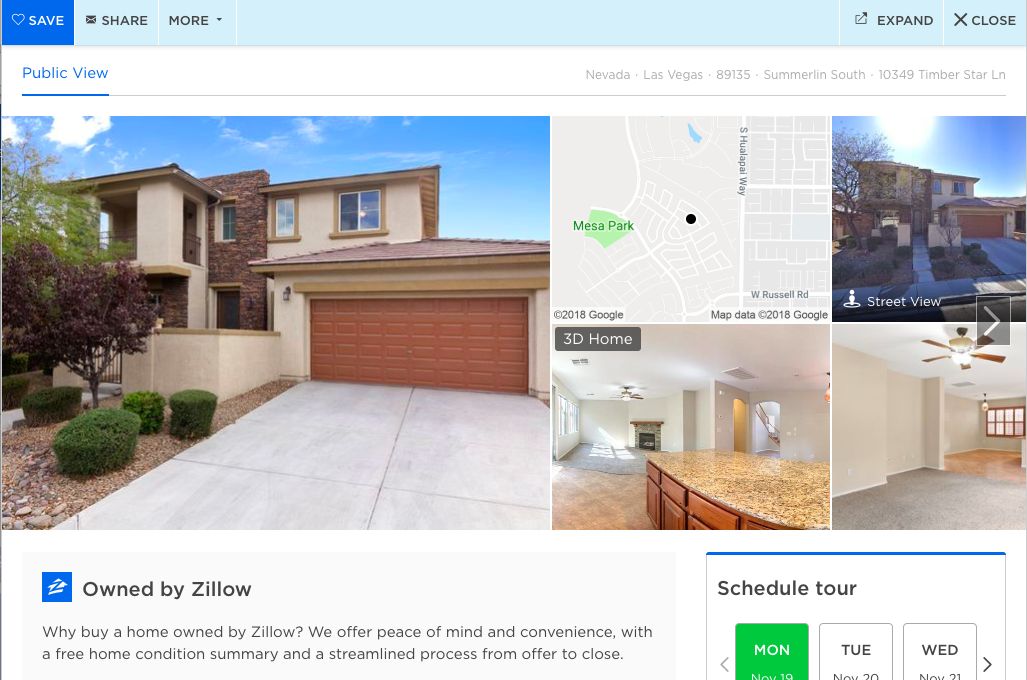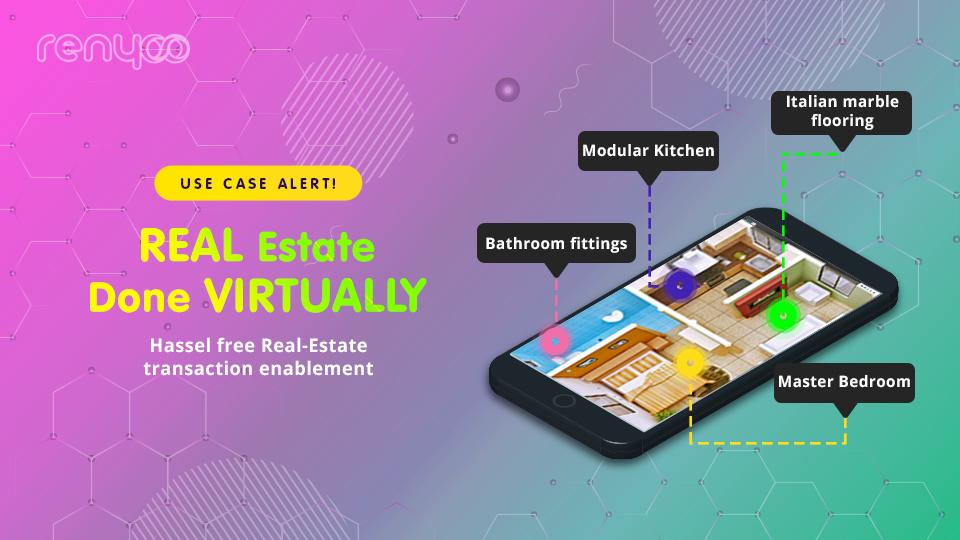High brokerage is a pressing problem facing home buyers and sellers today. The current real estate model requires enlisting the services of a professional broker to act as a go-between the home buyer and the seller. The entire process of finding a home today is quite work-intensive, it requires attending open houses, meetings with property owners, negotiations, and a million other inconveniences along the way.
Homeowners face their own share of problems as they have to take the time out to spruce up the property, create an attractive portfolio, and spend a killing on commissions to stand any realistic chance of making a sale.
Enter apps like Zillow and Trulia, they’ve changed the way we look at real estate listings for good. Apps like Zillow have standardized Digital listings, Video tours of the property, Google street view and other features that help owners create a compelling case for their property. Reports suggest that four out of every five homes in the United States has been looked up by at least one person on Zillow. However, even with an online listing there’s a lot of information asymmetry that exists between owners and buyers and Real estate broker thrive on this asymmetry.

The gap that needs to be filled is that of winning the customers trust. Home buyers are suspicious of listings as camera trickery and post-production can be used to make the property seem more spacious and appealing than it actually is. Also, listings aren’t context sensitive and don’t provide the complete picture of the property that a discerning buyer would be interested in such as the grade of tiles or paint used, the electrical systems, security features installed and the likes.
Contextualized listings can help in bridging this ‘trust deficit’. Instead of hiring a broker to point out the details at an open house, the buyer can be provided with a better context on every element of the house through a more detailed, enriched listing.
We understand that a home buying or selling decision is a difficult one to make, and people would love to have as much information as available before making a decision. We’ve developed ‘Hotspots’ an image annotation technology that serves the Real estate use case perfectly.
Hotspots can help create contextual listings that point out the finer details on the property such as the floorboards made of the best California pine, countertops of Grade A Himalayan Granite, designer fittings and furnishings from Italy. Facts and figures such as carpet area, super built-up area, square footage of each room can also be provided with context to reduce back and forth between homeowners and prospective buyers. Showcasing these details to the buyer, similar to what a broker would do, can help reduce the chance of haggling on the home buyer’s end.
Owners and prospective buyers can also have more context-sensitive conversations using ‘Collaborate’, a feature that allows users to collectively work on an image, such as adding text, audio onto a picture (In this case home listing). The new home buyer can request grill windows to be installed in the balconies, baby proofing to be done for the sockets, a new fence for the garden, all while making the context of the discussion perfectly clear.
Apps like Zillow and Trulia can partner with Renyoo to add the layer of context to their listings. This would help address a lot of the pain points that their users currently face and help inspire an ecosystem of transparency and trust in real estate.
